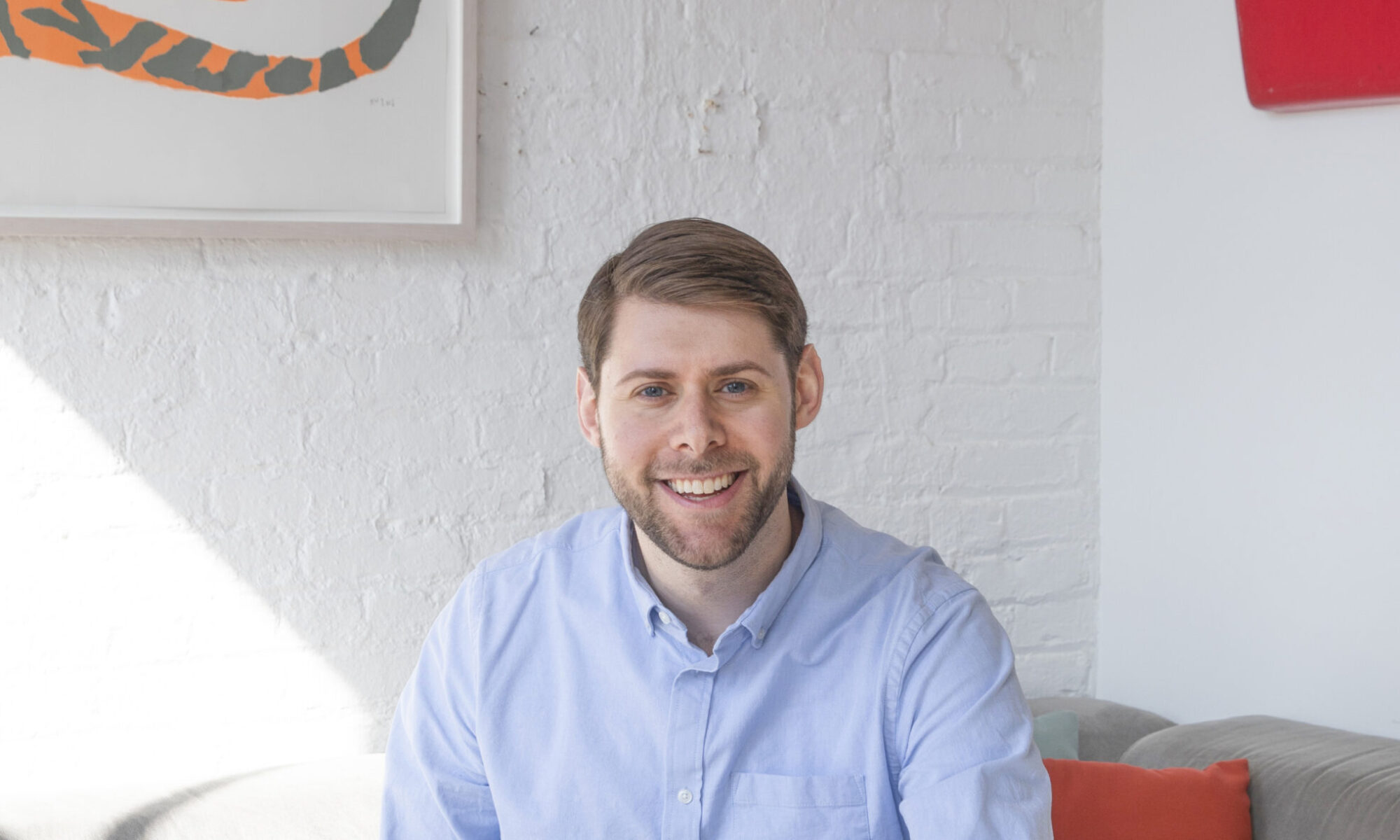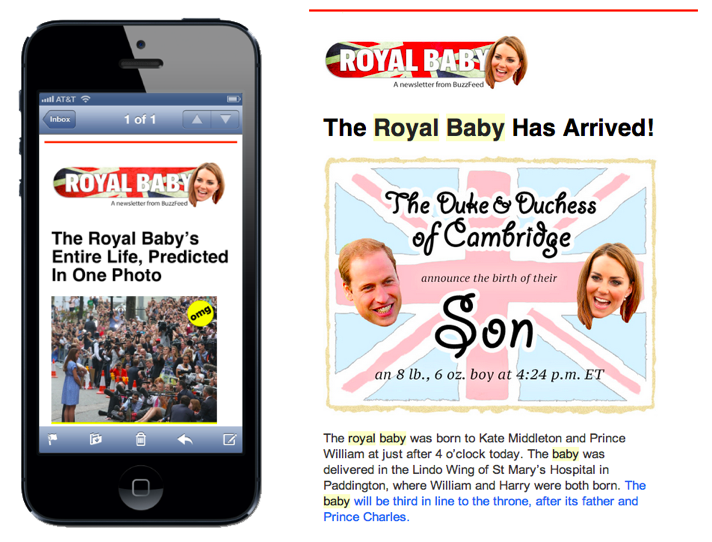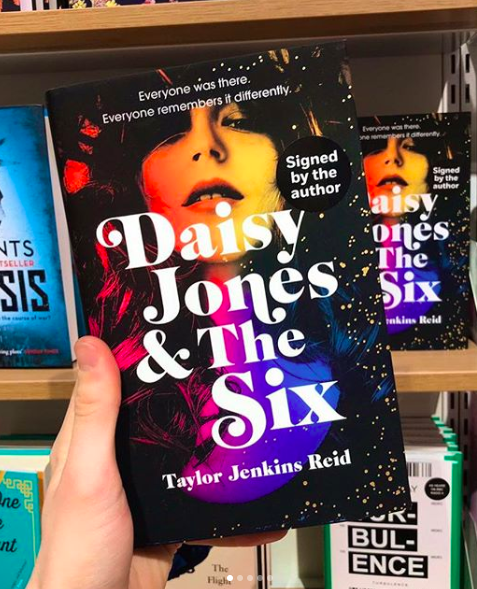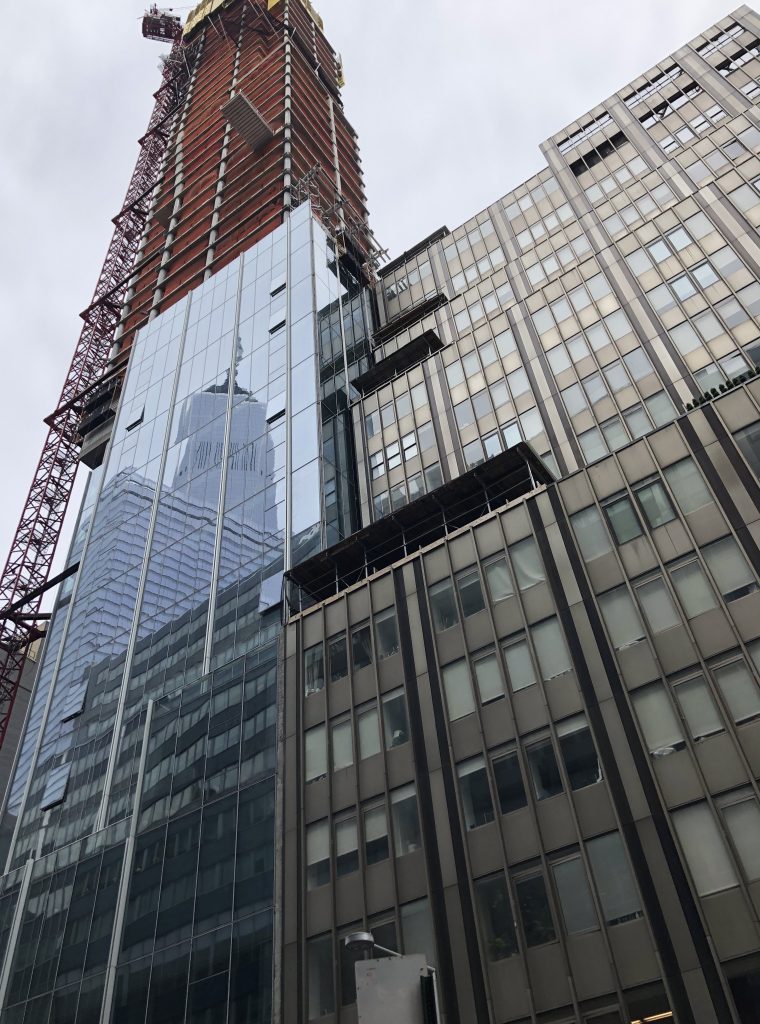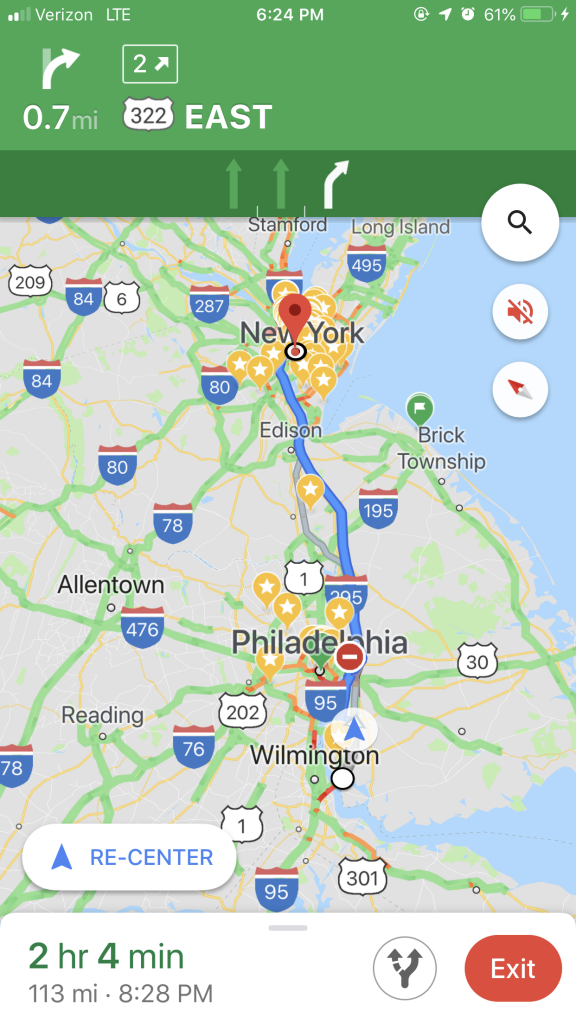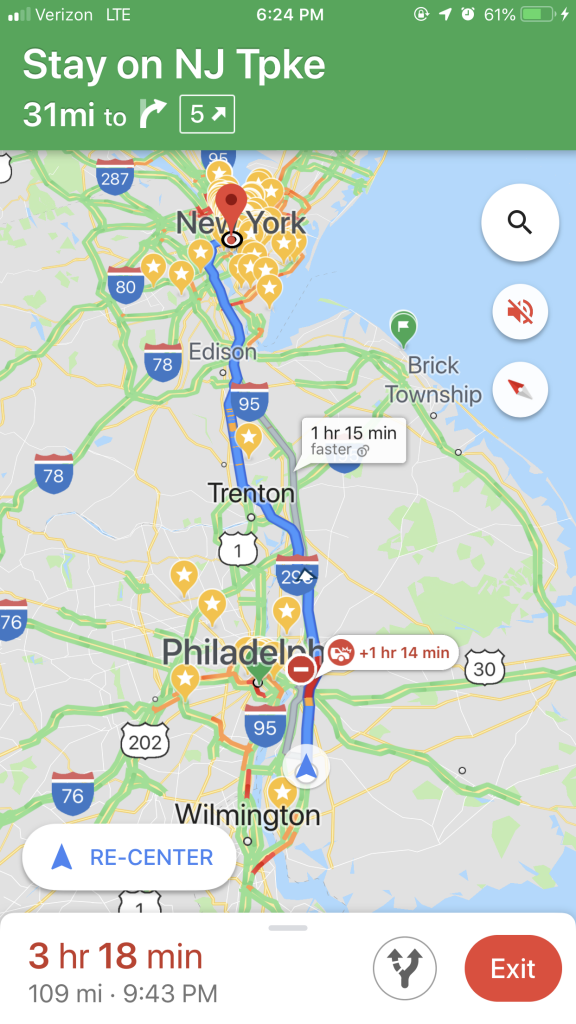At the bottom of every New Yorker email, there’s a message to readers: “We’d love your feedback on this newsletter. Please send your thoughts and suggestions to [email protected].”
Readers do write in — sometimes with thoughts about the newsletter, but also with questions, complaints, comments, and pitches. And we try to reply to every single one. (The only exception: If a reader is extraordinarily rude. But we don’t get many of those.)
In fact, replying to our readers is the first thing I do in the morning. I wake up, open the reader mail inbox, and work my way through the messages. By making it my first task of the day, I’m always making sure that the needs of our fans, readers, and customers are met first.
This simple act — putting them first on my to-do list every day — has completely changed the way I think about our readers. I know that if we make a big change in the newsletter, I’m going to hear about it from them. And when I’m thinking about what they might say or how they might react, it means I can include their voice in the conversations we’re having and the decisions we’re making at work.
Does it take a lot of time? Certainly. It’s a task that usually takes at least 20-30 minutes a day, depending on the volume of emails. But it’s also an opportunity to build a personal connection with a reader. My hope is that in the long run, a reader who got a personal note from us will be more likely to have a positive impression of us and renew their subscription. And someone who isn’t a subscriber might be willing to open their wallet and pay for a year of the magazine.
Lately, more members of our team — editors, designers, product folks — are asking if they can be looped in on these conversations with readers. The more of us involved the process, the more likely we are to build a magazine and a website that truly represents the needs of our customers.
We couldn’t make The New Yorker without these readers. So it makes sense that they should come first — quite literally.
